Regular sewer line cleaning every few years prevents the buildup of debris, grease, and blockages that cause unpleasant smells and costly backups.
Nothing ruins a peaceful day at home like the sudden smell of sewage wafting through your living space. Most homeowners wait until they notice foul odors or slow drains before thinking about their sewer lines, but by then the damage is often already done.
When we stay ahead of these issues through routine maintenance, we avoid the stress and expense of emergency plumbing repairs that can disrupt our daily lives.
Understanding what causes sewer problems, the best cleaning methods available, and how to choose the right professional can save us hundreds of dollars in repairs.
In this article, you’ll learn how sewer line cleaning helps prevent backups, bad smells, and costly damage to your plumbing system.
Let’s break down the key points you should consider:
- What causes sewer line buildup and backups
- Sewer line cleaning methods and what works best
- How often should you clean your sewer line?
- Choosing a local professional for sewer cleaning
We'll explore the practical steps every homeowner should know to keep their sewer system running smoothly and odor-free year-round.
What causes sewer line buildup and backups
Sewer line problems develop gradually through daily use and natural factors. The most common causes include grease buildup, tree root intrusion, and foreign objects that create blockages in your plumbing system.
Common culprits behind blockages and slow drains
Grease and food waste create some of the most stubborn blockages. When we pour cooking oil or wash greasy dishes, fats cool and stick to pipe walls.
Over time, this buildup narrows the pipe opening. Food particles stick to the grease and make the problem worse.
Tree roots actively seek water sources. They grow into small cracks in sewer lines and expand over time.
Root intrusion can completely block pipes. Even small roots create catch points for other debris.
Foreign objects cause sudden blockages. Items like baby wipes, feminine products, and paper towels don't break down like toilet paper.
These materials can get stuck at pipe joints or bends. They create dams that trap other waste.
Sewer line bellies form when soil shifts or pipes settle incorrectly. These low spots trap waste and water.
Standing water in these areas leads to buildup and eventual blockages.
Signs your sewer line might be overdue for cleaning
Slow drains throughout your home indicate main line problems. If multiple fixtures drain slowly at once, the issue likely affects your main sewer line.
Kitchen sinks and floor drains often show the first signs of trouble.
Gurgling sounds from drains or toilets suggest air trapped in the system. This happens when blockages prevent proper water flow.
You might hear these sounds when using one fixture while another drains.
Sewer gas odors indicate serious problems. These smells come from decomposing waste trapped in your pipes.
The odor often appears first in basements or lower-level fixtures.
Water backing up from floor drains or toilets shows advanced blockage. This typically happens during heavy water use.
Frequent clogs in the same fixture suggest buildup in that section of pipe.
Risks of ignoring sewer maintenance (smells, damage, and more)
Property damage becomes expensive quickly. Sewage backups can flood basements and damage flooring, walls, and personal belongings.
Water damage often leads to mold growth. Insurance may not cover sewer backup damage.
Health risks increase with exposure to sewage. Raw sewage contains harmful bacteria and viruses.
Sewer gas contains hydrogen sulfide and methane. These gases can cause headaches and respiratory problems.
According to the U.S. EPA, 5–30% of wastewater solids deposit daily in combined sewer systems during dry weather, and these sediments contain organic material that produces hydrogen sulfide under anaerobic conditions, contributing to pipe corrosion and sewer gas odors
Worsening blockages require more expensive repairs. Small clogs become complete pipe blockages over time.
Tree roots continue growing and can crack pipes. This damage requires pipe replacement rather than cleaning.
Emergency repairs cost more than preventive maintenance. Weekend and holiday service calls include premium charges.
Complete sewer line replacement can cost thousands of dollars.
Sewer line cleaning methods and what works best
Different cleaning methods work better for different problems, and knowing when to use camera inspections can save time and money. Professional services often provide better results than DIY attempts, but each approach has its place.
Snaking vs. Hydro Jetting: What's the difference?
Sewer snake tools use a long metal cable with a cutting head to break through clogs. The snake rotates and pushes through blockages like tree roots, grease, and debris.
Sewer jetting uses high-pressure water streams to blast away buildup. The water pressure can reach 3,000 to 4,000 PSI, which removes stubborn clogs and cleans pipe walls.
When to choose snaking:
- Simple clogs from hair or small debris
- Older pipes that might break under high pressure
- Quick fixes for minor blockages
When to choose hydro jetting:
- Heavy grease buildup
- Tree root removal
- Complete pipe cleaning
- Preventive maintenance
Hydro jetting costs more but provides deeper cleaning. Snaking works faster for basic clogs but may not remove all buildup from pipe walls.
When to use camera inspections for accurate diagnosis
Sewer camera inspection involves inserting a small camera into your pipes to see exactly what's wrong. We can spot problems that aren't visible from the surface.
Camera inspections help identify:
- Exact location of clogs
- Pipe damage or cracks
- Tree root invasion points
- Collapsed sections
Use camera inspection when you have recurring clogs in the same area. It's also smart before buying a home or after major plumbing work.
The camera shows real-time video of your pipe condition. This prevents guesswork and helps choose the right cleaning method.
Many professional plumbers include camera inspection with their service. The cost ranges from $200 to $500 but saves money by targeting the exact problem.
Pros and cons of diy vs. professional sewer line cleaning
DIY plumbing works for simple drain clogs near the surface. Basic tools like plungers and drain snakes can clear minor blockages.
DIY Pros:
- Lower immediate cost
- Available 24/7
- Good for small clogs
DIY Cons:
- Limited to basic problems
- Risk of pipe damage
- No specialized equipment
- Safety concerns with chemicals
Professional plumber services use advanced equipment and training. They handle complex clogs and pipe damage safely.
Professional Pros:
- Powerful hydro jetting equipment
- Camera inspection capability
- Proper training and experience
- Warranty on work performed
Professional Cons:
- Higher upfront cost
- Need to schedule appointments
- May suggest unnecessary services
For main sewer line problems, professional clog removal is usually the better choice. DIY methods work best for simple drain issues inside your home.
How often should you clean your sewer line?
Most homes need sewer line cleaning every 18 to 24 months, though your specific timeline depends on several key factors.
According to the EPA, municipal sewer systems undergo routine cleaning at an average rate of approximately 0.30 miles per mile of sewer annually—highlighting the value of regular maintenance even in average-use systems.
Homes with older pipes, nearby trees, or heavy grease use may need more frequent attention to prevent costly backups and repairs.
General timelines for residential plumbing systems
We recommend scheduling professional sewer line cleaning every 18 to 24 months for most homes. This timeline works well for average households with modern plumbing systems.
However, routine plumbing maintenance isn't always about strict schedules. Some homes can go longer between cleanings, while others need more frequent attention.
Typical cleaning schedules by home type:
- New homes (under 10 years): Every 2-3 years
- Standard homes: Every 18-24 months
- High-usage homes: Every 12-18 months
The key is watching for warning signs like slow drains, gurgling sounds, or sewer odors. These signals tell us when cleaning is needed, regardless of your last service date.
Monthly preventive maintenance with enzyme cleaners can help extend the time between professional cleanings. This simple step breaks down organic materials before they cause major blockages.
Factors that increase cleaning frequency (trees, grease, age)
Several factors can shorten the time between needed cleanings. We see these issues cause problems more often than normal wear and tear.
Tree root infiltration is a major concern for homes with mature trees near sewer lines. Roots seek out water and nutrients, growing into small cracks in pipes. Homes with this issue often need annual cleaning to prevent serious blockages.
Grease buildup happens when cooking oils and fats go down kitchen drains. Even small amounts can stick to pipe walls and trap other debris. Households that cook frequently may need cleaning every 12-15 months.
Old pipes made from cast iron or clay are more prone to problems. These materials can crack, corrode, or develop rough surfaces that catch debris. Homes with pipes over 30 years old often benefit from annual inspections and cleanings.
Large families or homes with multiple bathrooms also need more frequent attention. More people means more waste, hair, and soap going through the system daily.
Why proactive maintenance is cheaper than reactive repairs
Preventive maintenance costs much less than emergency repairs. Regular cleaning typically costs $100 to $500, while major sewer repairs can reach thousands of dollars.
Cost comparison:
- Routine cleaning: $100-$500
- Pipe repair: $1,000-$4,000
- Full line replacement: $3,000-$10,000+
Emergency sewer backups create additional expenses beyond just fixing the pipes. We often see homeowners facing water damage, carpet replacement, and temporary housing costs.
Regular cleaning helps us catch small problems before they become major issues. During routine service, we can spot early signs of pipe damage, root intrusion, or excessive buildup.
Preventive maintenance also extends the life of your entire plumbing system. Clean pipes experience less stress and corrosion, helping them last longer before needing replacement.
The peace of mind from regular maintenance is valuable too. You won't worry about unexpected backups during family gatherings or when you're away from home.
Choosing a local professional for sewer cleaning
Finding the right local plumber for sewer cleaning requires asking specific questions about their experience and equipment. Licensed contractors with proper tools can handle tough clogs and prevent major plumbing failures that cost thousands in repairs.
What to ask before booking the service
We recommend asking key questions before hiring any sewer cleaning service. First, verify the plumber holds proper licenses and insurance in your area.
Ask about their billing structure upfront. Most professionals charge hourly rates between $100-$300, while others offer flat-rate pricing per job.
Request to see customer reviews and recent work examples. A reputable local plumber will gladly share references from nearby customers.
Inquire about service guarantees they offer. Quality contractors stand behind their work with warranties on both labor and results.
Ask what plumbing equipment they use for cleaning. Professional-grade tools like hydro-jetters and video inspection cameras indicate serious capability.
Finally, confirm their availability for emergency sewer repair if problems arise after cleaning. Local contractors often provide faster response times than large chain companies.
Why experience and equipment matter in tough clogs
Experienced professionals know how to handle different types of blockages without damaging pipes. Residential sewer lines face different challenges than commercial systems, requiring specific knowledge.
Licensed contractors invest in advanced equipment that removes stubborn clogs completely. Basic drain snakes only punch holes through blockages, while hydro-jetting equipment removes buildup entirely.
Professional video inspection cameras let us see inside pipes before and after cleaning. This technology helps identify problem areas and confirms thorough cleaning.
Skilled plumbers recognize warning signs of pipe damage during cleaning. We can spot cracks, root intrusion, or deteriorating sections that need attention before they fail completely.
How sewer cleaning prevents bigger plumbing failures
Regular professional cleaning stops small problems from becoming major disasters. Buildup in sewer lines creates pressure that can crack pipes or cause dangerous backups.
Emergency sewer repair often costs $3,000-$10,000 when main lines fail. Preventive cleaning typically runs $200-$500 annually, saving thousands in potential damage.
Professional cleaning removes grease, debris, and mineral deposits that narrow pipe diameter. This prevents slow drainage and sewage backups that damage flooring and walls.
We can detect early signs of pipe deterioration during routine cleaning. Catching problems early allows for planned repairs instead of emergency situations that disrupt your home.
Conclusion
Regular sewer line cleaning keeps your home safe from nasty smells and expensive repairs. We can prevent problems before they start with simple maintenance steps.
Sewer maintenance protects your family's health and comfort. Clean pipes mean no sewer gas in your house. This keeps the air fresh and safe to breathe.
Professional cleaning catches small problems early. We save money by fixing issues before they become major disasters. A small cleaning cost is much less than replacing damaged pipes.
Home protection starts with taking care of your sewer lines. We should schedule cleaning every 1-2 years. This simple step prevents most sewer problems.
Don't wait for smells to appear. By then, damage may already be happening. Regular cleaning is the best way to avoid sewer troubles.
Schedule your sewer line cleaning today to eliminate buildup, prevent backups, and keep your plumbing system running smoothly.

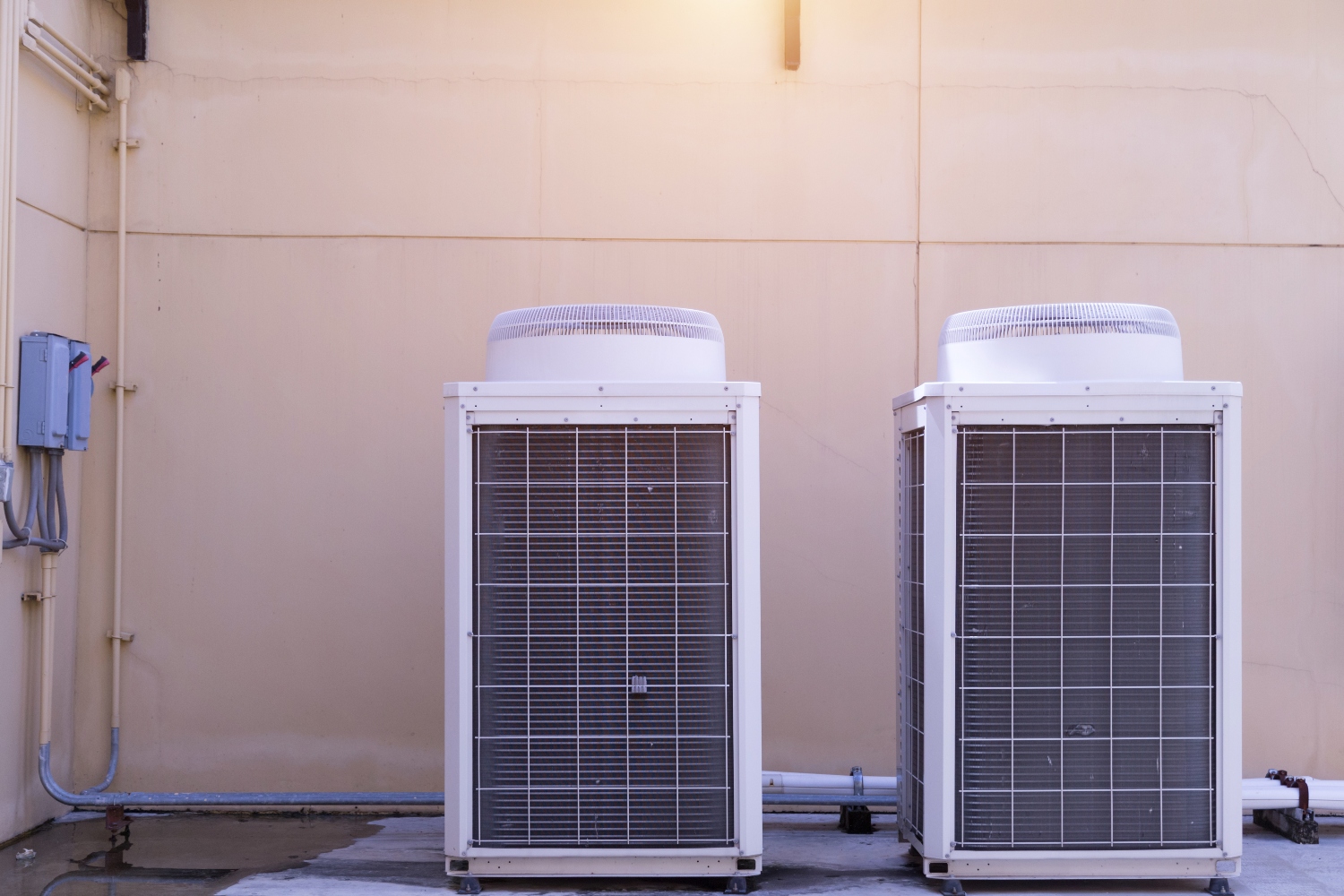
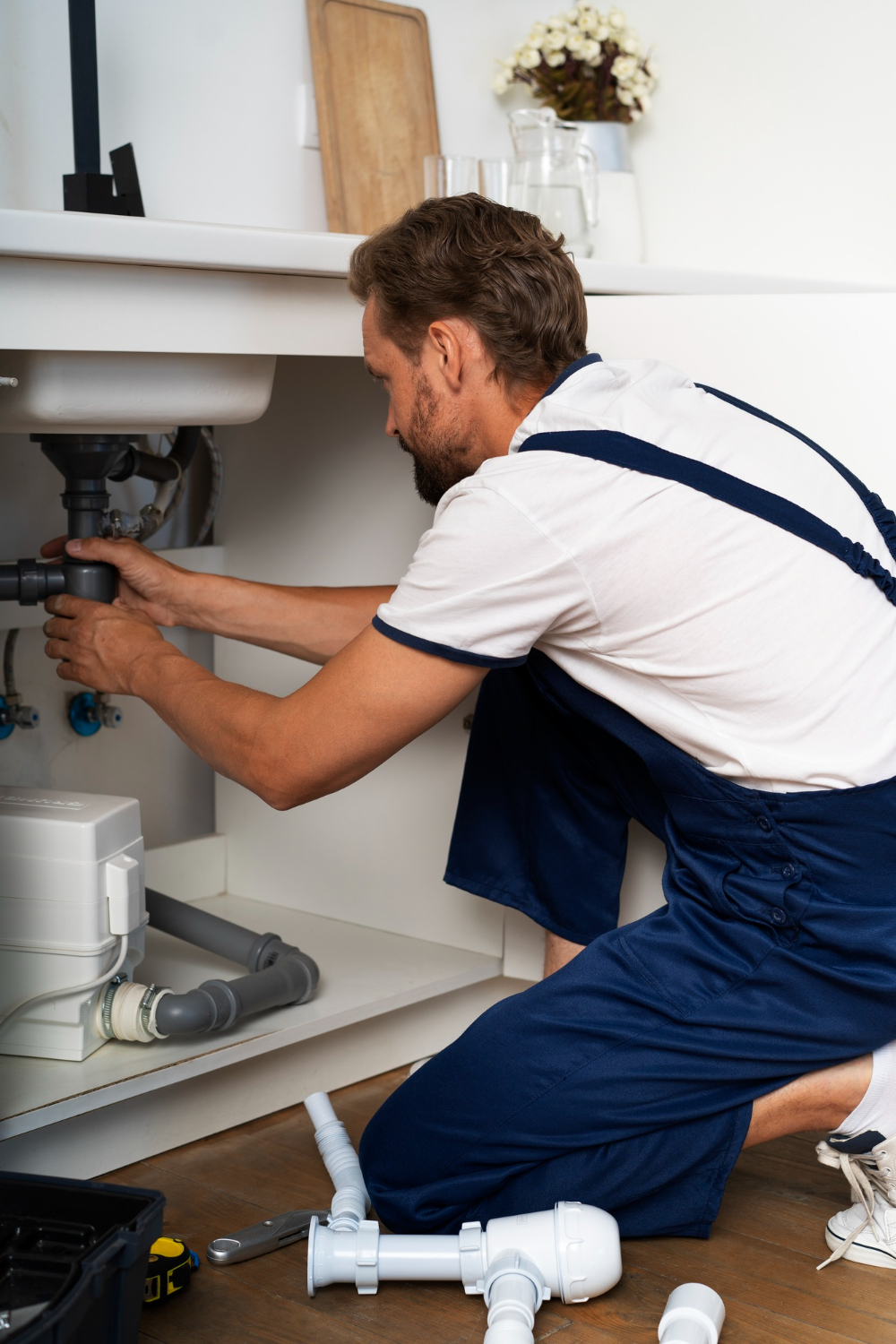
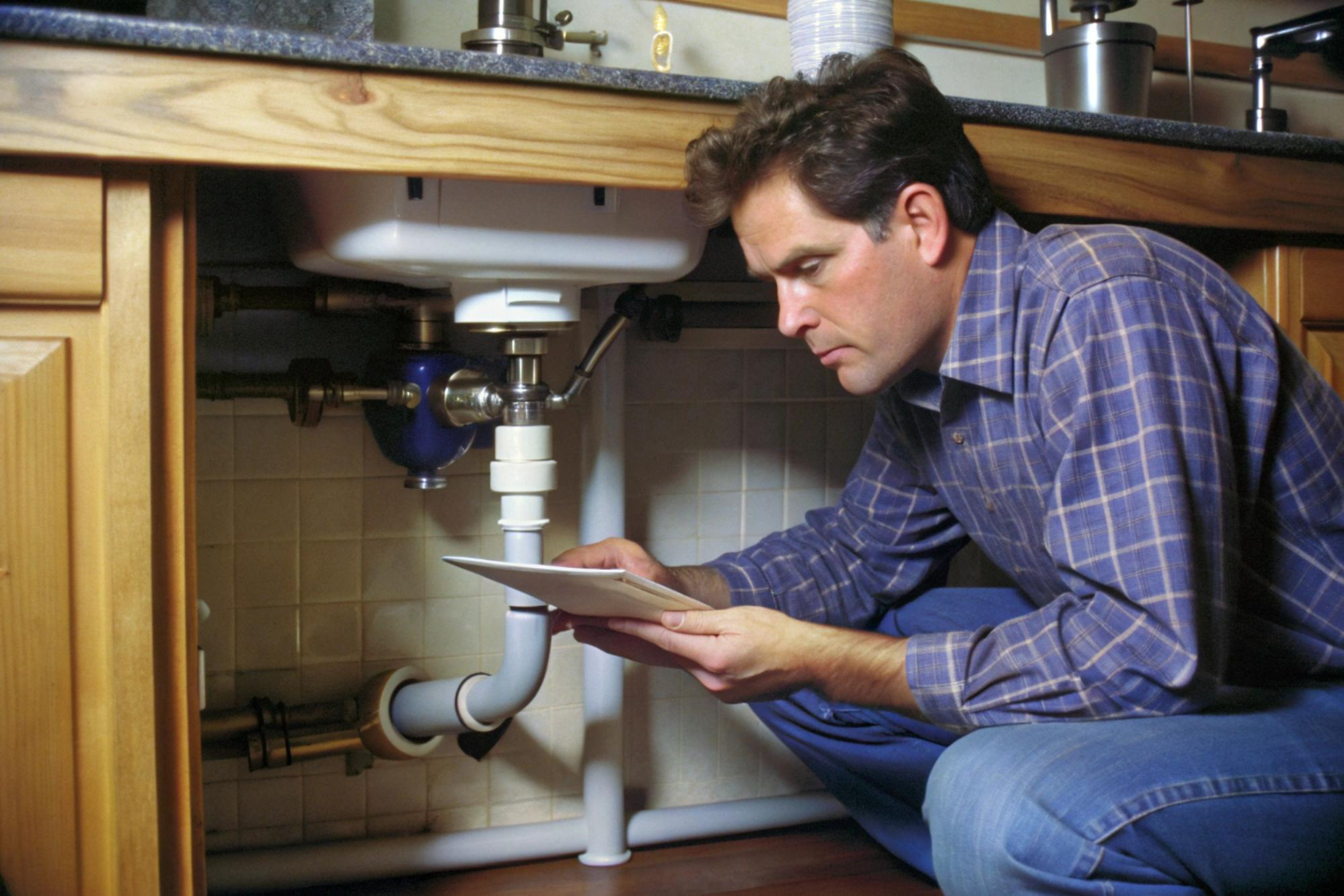
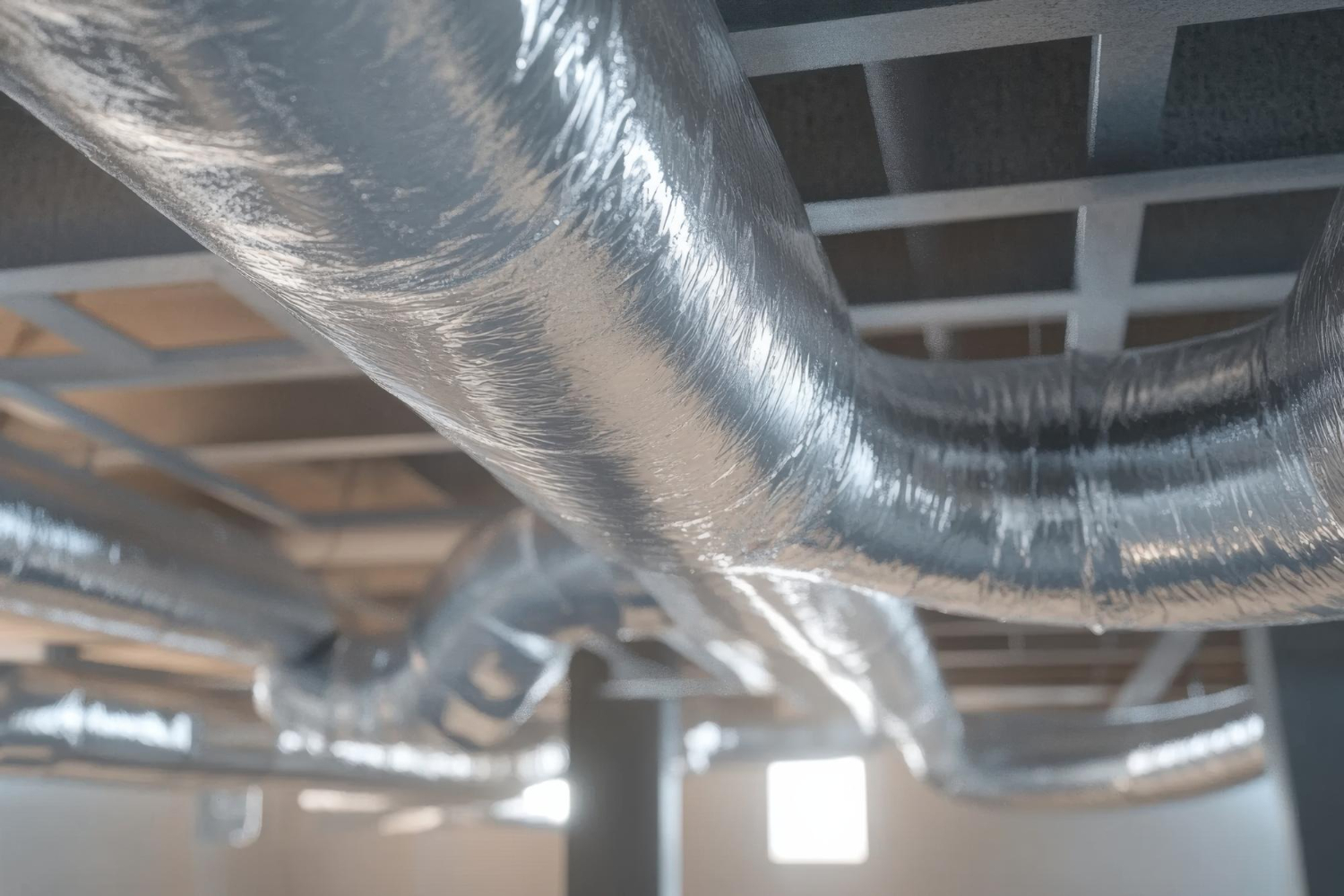
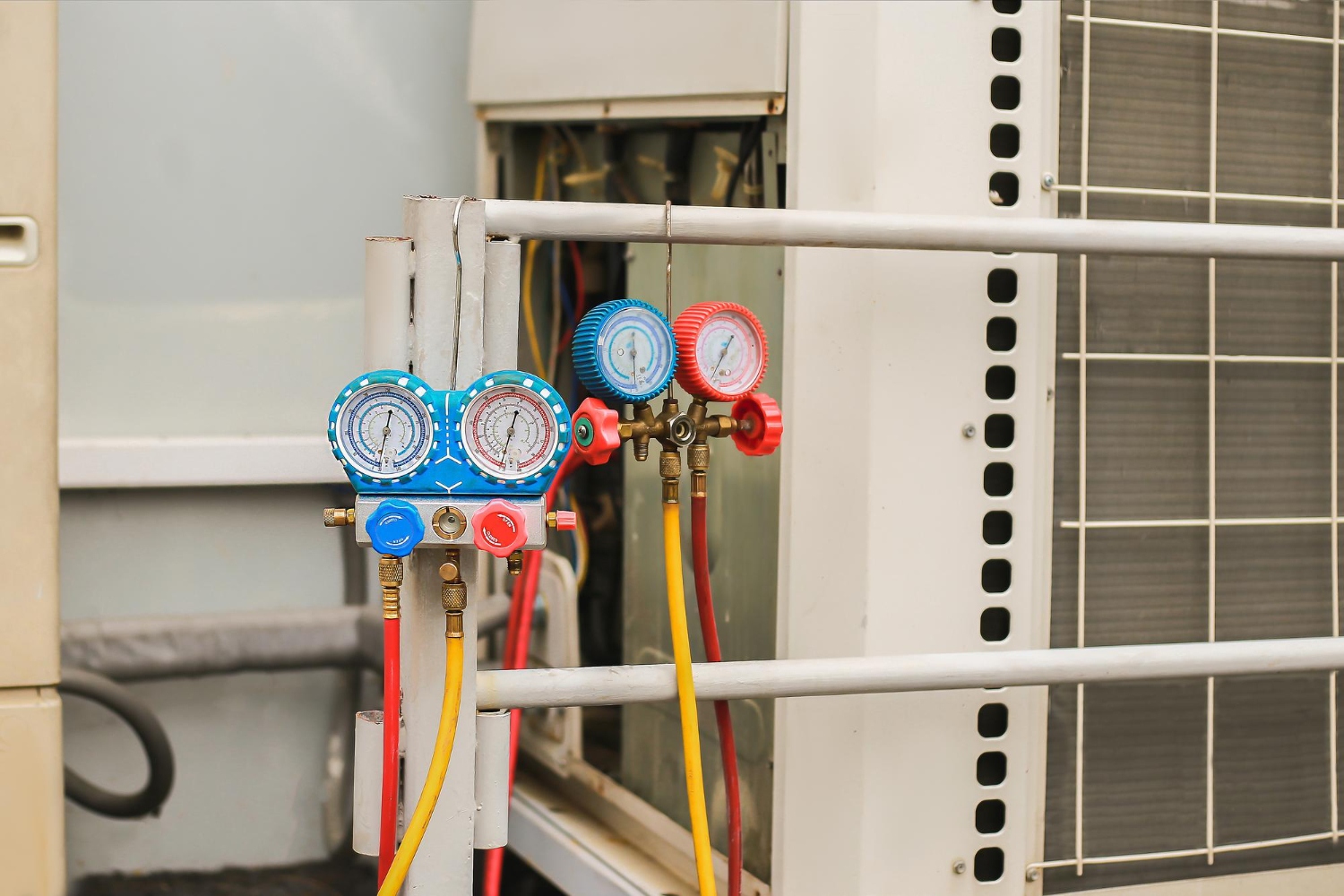
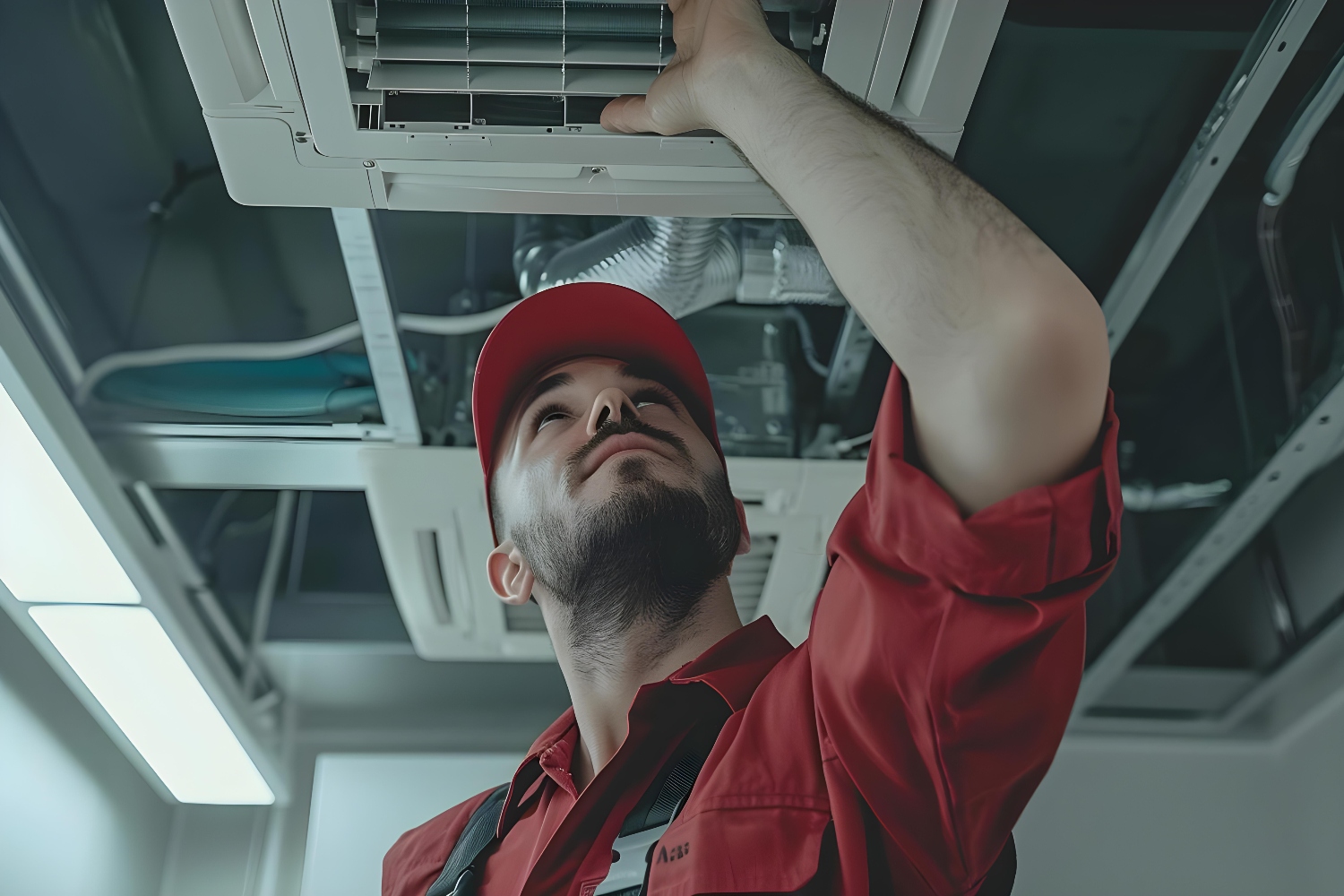
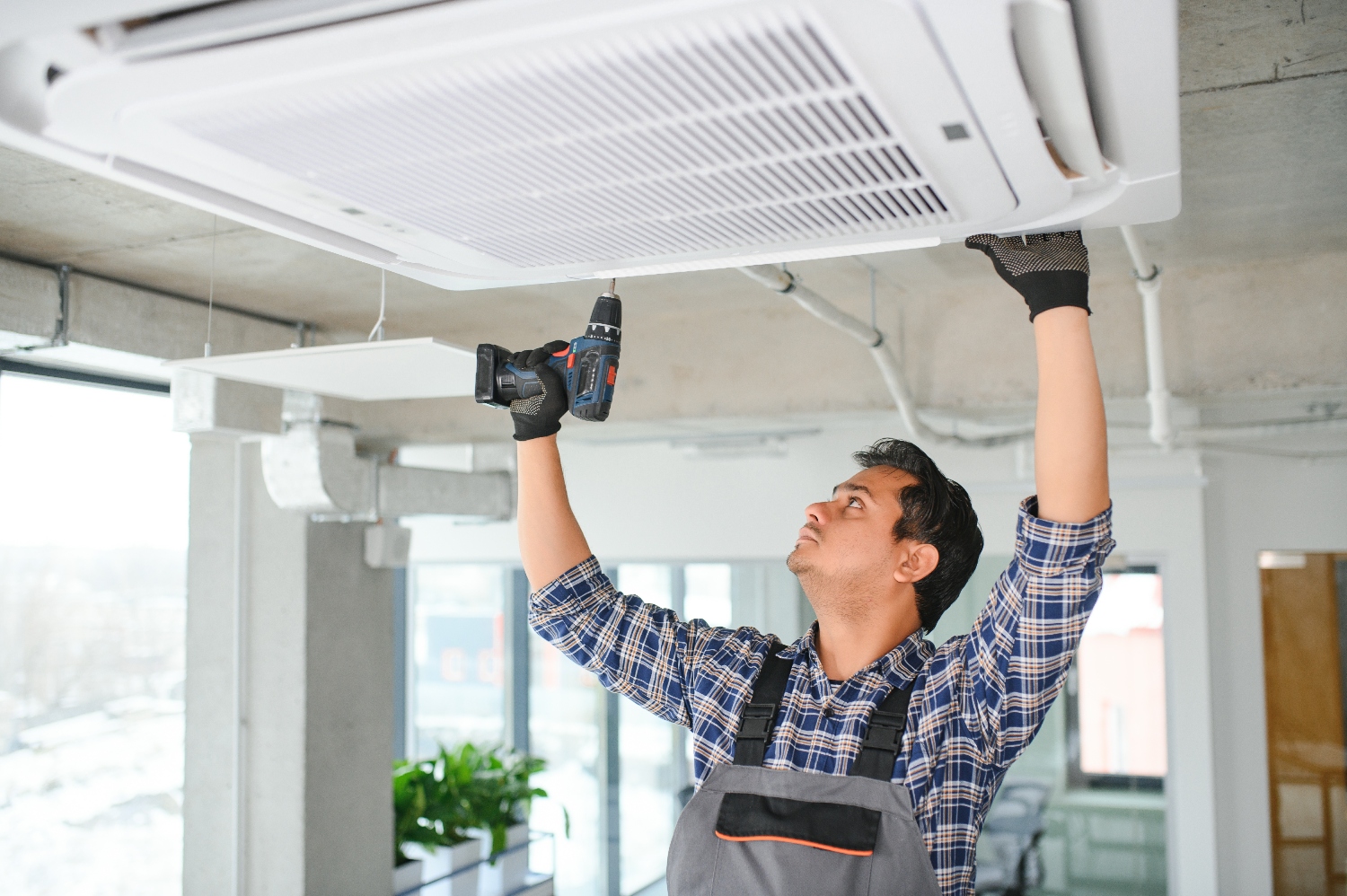
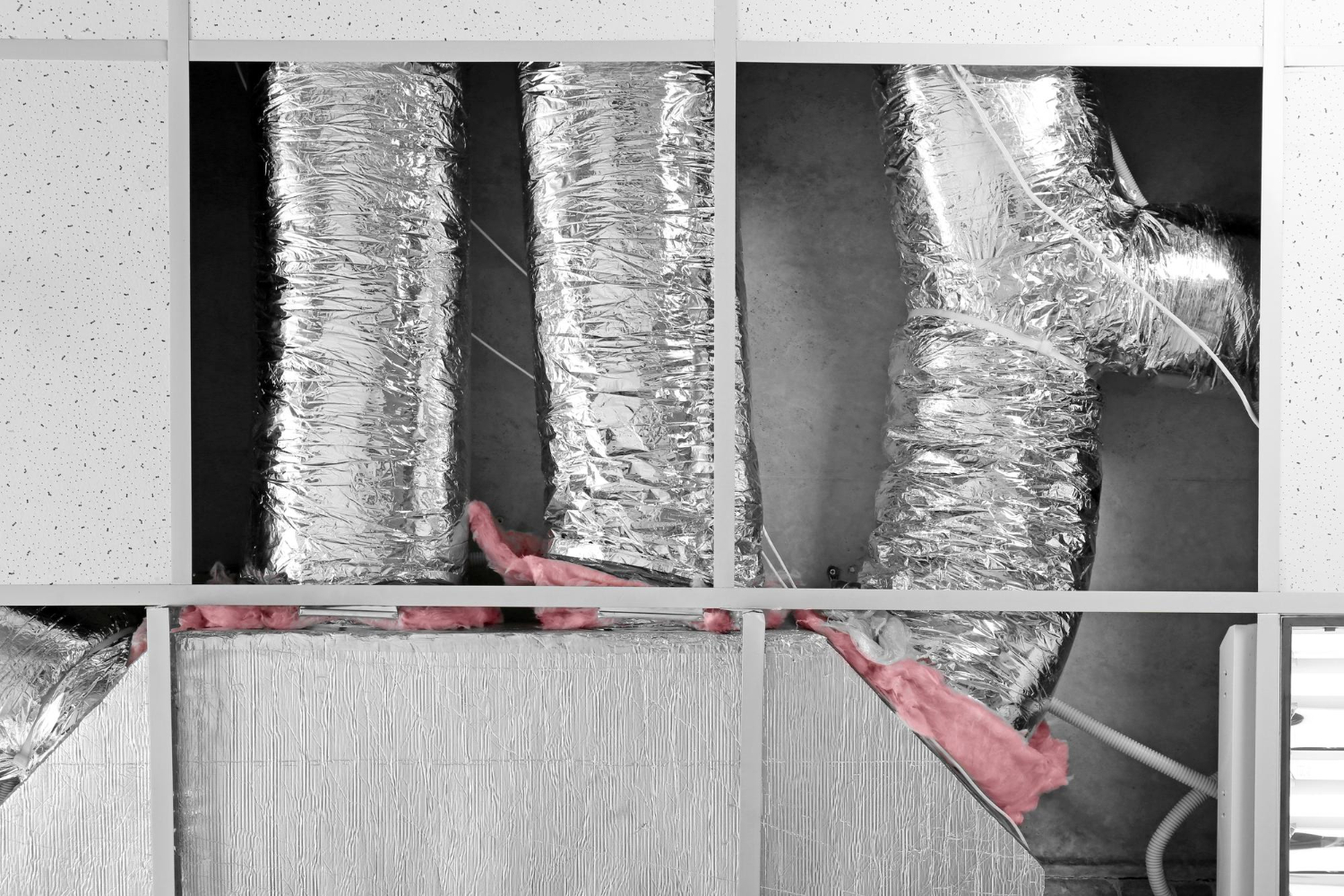




























































.jpg)
.jpg)

.jpg)
.jpg)
























